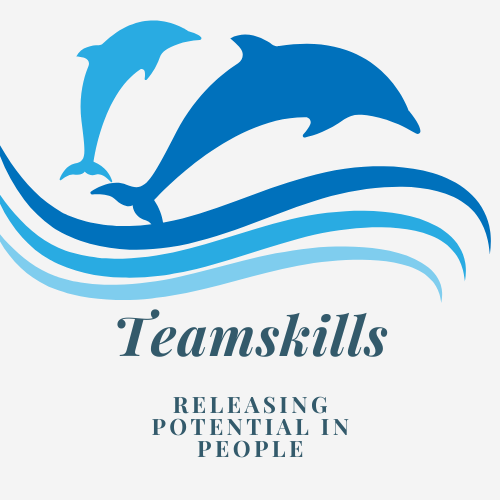The following abridged article is taken from our book, Entitled to Respect .
The article in the book identifies how to negotiate effectively in everyday interactions, build long term relationships and achieve results that last.
The concept of win:win is central to Assertion, influence and best practice in negotiation
i.e. balancing our rights and needs with the rights and needs of others
What is WIN:WIN?
An outcome that meets the real needs of both parties
Both parties feel pleased about the outcome as the result meets ENOUGH of both parties’ needs
In order to have more win:win experiences we first need to believe that win:win is possible. This belief enables you to be courageous, considerate and persistent in the search for mutual resolution.
Specific beliefs in relation to win:win are:
A persons needs may be different….they are still valid for that person
My needs are important, so are others
I don’t have to lose, for others to win
There is always the potential for a win:win.
And then you need to:
Understand your own needs and wants – establish a range of possibilities
State them clearly
Accept and agree each others needs and wants
Be creative and open to possibility. Stay focussed on the outcome and not the details or the process.
When stating your real needs
be specific. Others and we may express what we want as opposed to what we really need e.g.
Not, ‘I want some help doing this’
But, ‘I need some help for ten minutes getting started on the index’
Establishing your own needs and wants
Our negotiations may sometimes be impromptu. However, learning to evaluate what we would be happy with is an ideal way to determine what you really want.
Producing a range of possibilities allows you to maintain your own needs whilst allowing sufficient flexibility in your approach to produce a
win:win outcome with the others
Establishing others needs and wants
When we experience resistance we normally resort to ‘shouting louder’ and providing more and more information, excuses, rational, emotional blackmail etc, to get the other person to agree.
A more productive strategy would be to find out what is behind the resistance by establishing the other person’s needs.
Open Questions
Open questions – are usually more helpful than closed questions in establishing real needs
Open questions – open up areas of negotiation
Open Questions – handle objections or hassles
Some of the most useful open questions start with:
What?
How?
Why?
When?
Where?
Who?
Tell me?
Closed Questions
Closed questions – are helpful in establishing agreement & confirmation, particularly in the context of the ‘verbal handshake’.
Closed questions start with:
Do?
Is?
Have/Has?
Are?
If?
Getting Agreement to both sets of needs and wants
After establishing the real needs, more often than not you may find there are now a number of ways to meet both sets of needs.
At other times it may seem that one set of needs can only be met at the expense of the other.
First of all, we need to check that we have understood their real needs and show that we accept them and then get acceptance from the other party to agree and accept your needs. Unless there is agreement to both sets of needs the result may be lopsided in favour of one of the parties.
We call this a ‘verbal handshake’
e.g. ‘You control the finances, not me. I know what your commitment is to that particular Project. Can you see I have an equally strong commitment to installing this new software? Do you accept that?’
Creating Solutions
Our mind is made up of a number of “doors”. Each door facilitates different thinking processes and emotions. One of the doors is ‘creativity & solving problems’ and can often be opened with verbal invitations, such as:
‘There must be a way round this………’
‘How about this as an idea ………….’
‘What could be some possible solutions?’
‘What ideas have you for…………?’
If the result meets what is acceptable in your pre determined range and also meets the need of the other party you may have found a long lasting and equitable resolution.
Not MY Way or YOUR Way but a BETTER Way!






